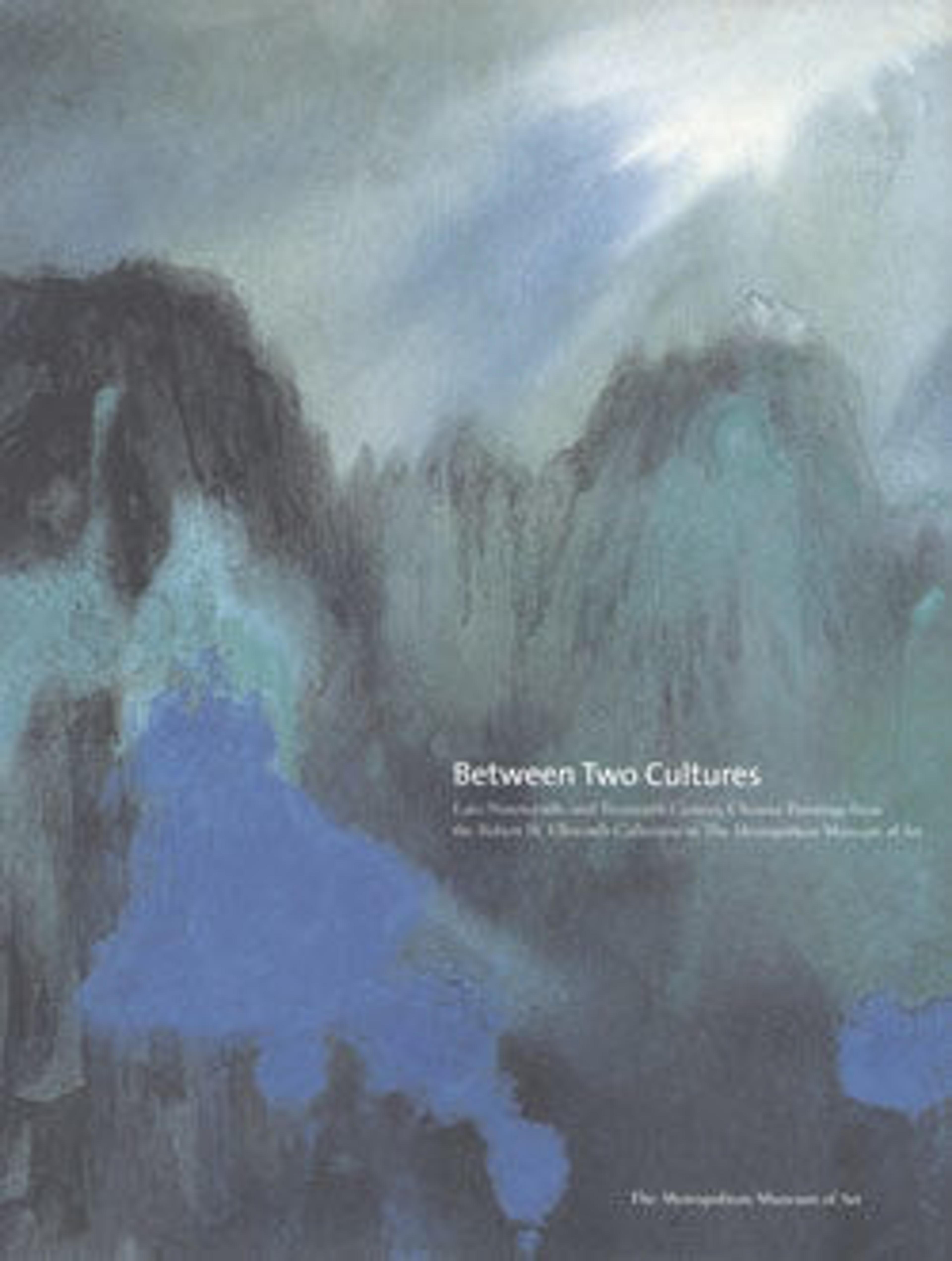Brewing Tea
Wu Changshuo created a distinctive style that fused the classical epigraphic approach to painting with the popular style of Ren Yi (1840–1895) and continued the literati ideal of uniting poetry, calligraphy, and painting in a single work of art.
Wu's image of a scholar seated beside a qin (zither) savoring freshly brewed tea celebrates the timeless literati ideals of refinement, withdrawal, and self-cultivation. Wu chose a traditional subject and blunt calligraphic brushwork when many artists were turning to the West for subject matter and style, reflecting his belief in the Chinese tradition as an enduring resource for the modern artist. Wu's poem reads:
Watching the bubbling spring water,
Sitting beside the stony edge of the lake,
Old pines resemble ancient sages,
A qin lies by a man from the past.
(Wen Fong, trans., Between Two Cultures: Late-Nineteenth- and Early-Twentieth-Century Chinese Paintings from the Robert H. Ellsworth Collection in The Metropolitan Museum of Art [New York: The Metropolitan Museum of Art, 2001], p. 71)
Wu's image of a scholar seated beside a qin (zither) savoring freshly brewed tea celebrates the timeless literati ideals of refinement, withdrawal, and self-cultivation. Wu chose a traditional subject and blunt calligraphic brushwork when many artists were turning to the West for subject matter and style, reflecting his belief in the Chinese tradition as an enduring resource for the modern artist. Wu's poem reads:
Watching the bubbling spring water,
Sitting beside the stony edge of the lake,
Old pines resemble ancient sages,
A qin lies by a man from the past.
(Wen Fong, trans., Between Two Cultures: Late-Nineteenth- and Early-Twentieth-Century Chinese Paintings from the Robert H. Ellsworth Collection in The Metropolitan Museum of Art [New York: The Metropolitan Museum of Art, 2001], p. 71)
Artwork Details
- 現代 吳昌碩 烹茶圖 卷
- Title:Brewing Tea
- Artist:Wu Changshuo (Chinese, 1844–1927)
- Period:Republic period (1912–49)
- Date:dated 1918
- Culture:China
- Medium:Handscroll; ink on paper
- Dimensions:15 9/16 x 54 in. (39.5 x 137.2 cm)
- Classification:Paintings
- Credit Line:Gift of Robert Hatfield Ellsworth, in memory of La Ferne Hatfield Ellsworth, 1986
- Object Number:1986.267.124
- Curatorial Department: Asian Art
More Artwork
Research Resources
The Met provides unparalleled resources for research and welcomes an international community of students and scholars. The Met's Open Access API is where creators and researchers can connect to the The Met collection. Open Access data and public domain images are available for unrestricted commercial and noncommercial use without permission or fee.
To request images under copyright and other restrictions, please use this Image Request form.
Feedback
We continue to research and examine historical and cultural context for objects in The Met collection. If you have comments or questions about this object record, please contact us using the form below. The Museum looks forward to receiving your comments.
